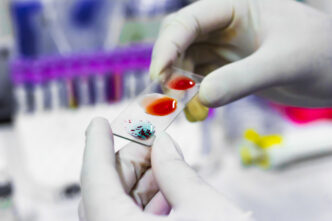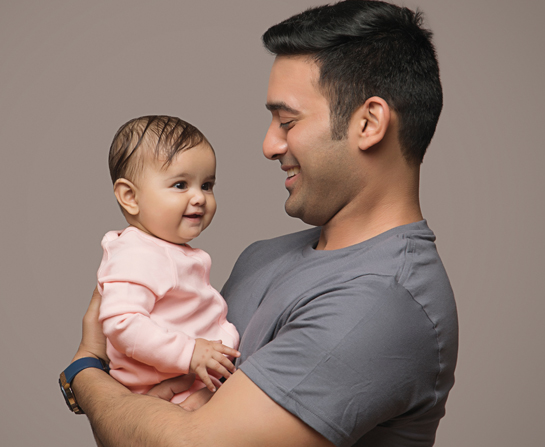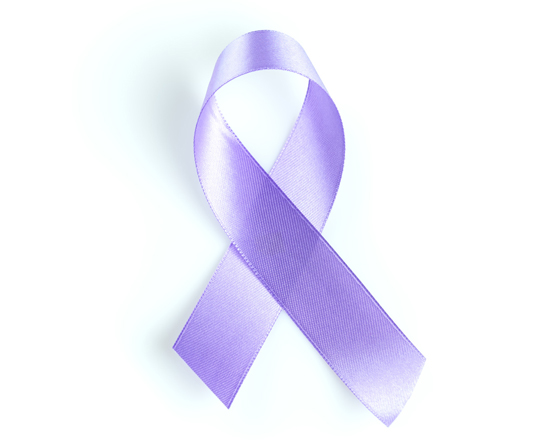With donated blood having a limited shelf life, Malaysia needs a constant and stable supply of blood donations. This is because blood transfusions play a key role in medical emergencies, surgeries, cancer treatment, and chronic illness care. With a growing and aging population, recruiting younger donors is crucial to ensuring a sustainable national blood supply.
WORDS DR FARZANA RIZWAN AND DR IMAM SHAIK
 FEATURED EXPERT FEATURED EXPERTDR FARZANA RIZWAN Senior Lecturer School of Medicine Faculty of Health & Medical Sciences Taylor’s University |
 FEATURED EXPERT FEATURED EXPERTDR IMAM SHAIK Senior Lecturer School of Medicine Faculty of Health & Medical Sciences Taylor’s University |
THE STATE OF BLOOD DONATION IN MALAYSIA
- Malaysia currently needs around 2,000 bags of blood daily, yet donors only make up approximately 2.3% of the population.
- Just 2.2% of Malaysians donate blood annually, well below the 3.5% to 5% seen in many developed countries.
- The Ministry of Health aims to increase this percentage to 35 to 40 donors per 1,000 people by 2030.
Encouragingly, most of the 39,975 new donors as of 20 May 2025 are aged between 17 and 24 , showcasing a promising trend among youth.
However, is this sufficient to maintain a safe and steady blood stock?
PIVOTING FROM TRADITIONAL STRATEGIES
- Traditional recruitment strategies such as TV, radio, newspapers and community events have been effective across older generations.
- However, engaging tech-savvy generations, particularly Gen X, Millennials, Gen Y, and Gen Z, require more contemporary, digitally driven approaches.
HARNESSING DIGITAL AND SOCIAL ECOSYSTEMS
- Studies have shown the potential of digital platforms as powerful tools for donor recruitment, education and retention.
- Social media, when used strategically, fosters a sense of community and encourages donation-related behaviours.
- For instance, regular updates and interactive content on social media platforms such as Facebook, Instagram, WhatsApp and TikTok help create sustained awareness, normalize blood donation, and build emotional resonance.
Which Social Media Works Best and How?
- Facebook has been shown to increase overall blood donations and boost rates among first‐time donors by up to 18.9%.
- WhatsApp has been identified as the primary platform for communication across three generations of blood donors: Gen X, Millennials, and Gen Z.
- TikTok leverages short-form, emotionally engaging content to dispel myths and promote blood donation as a positive, normalized behaviour.
- Live sessions and relatable short videos resonate particularly well with younger audiences, increasing both engagement and motivation.
Collaborative Efforts
- Effective digital campaigns also rely on collaborations with influencers, community leaders, and local organizations.
- Sharing personal stories of blood donors and recipients humanizes the cause, making it more relatable and emotionally impactful.
To avoid “donor fatigue” it is crucial to ensure variety and freshness in messaging across platforms while maintaining alignment with consistent brand guidelines.
INCENTIVES AND PARTNERSHIPS
To cultivate a stronger culture of giving among youth, a combination of gamification strategies and strategic partnerships is essential.
- Adding elements such as rewards points, digital badges, discount vouchers, challenges and competition, can make the blood donation experience more engaging for young people.
- These incentives, while simple, contribute significantly to donor motivation and long-term retention.
- Additionally, showcasing gratitude through public recognition and social media shoutouts further reinforces a culture of appreciation and emotional connections.
Universities can mobilize the students through student councils and clubs to increase awareness and participation of the youth.
Likewise, involvement of non-governmental organizations (NGOs) could play an important role in leading modern engagement techniques, combining traditional outreach with digital innovation.
CONCLUSION
By embracing these innovative approaches, we can secure a new generation of blood donors, reduce the risk of shortages, and strengthen Malaysia’s healthcare safety net.
Beyond the statistics, these efforts nurture a deeper culture of compassion, solidarity, and social responsibility—qualities that will shape the nation’s resilience for years to come.
| This article is part of our series on issues and developments affecting the Malaysian medical landscape. |









